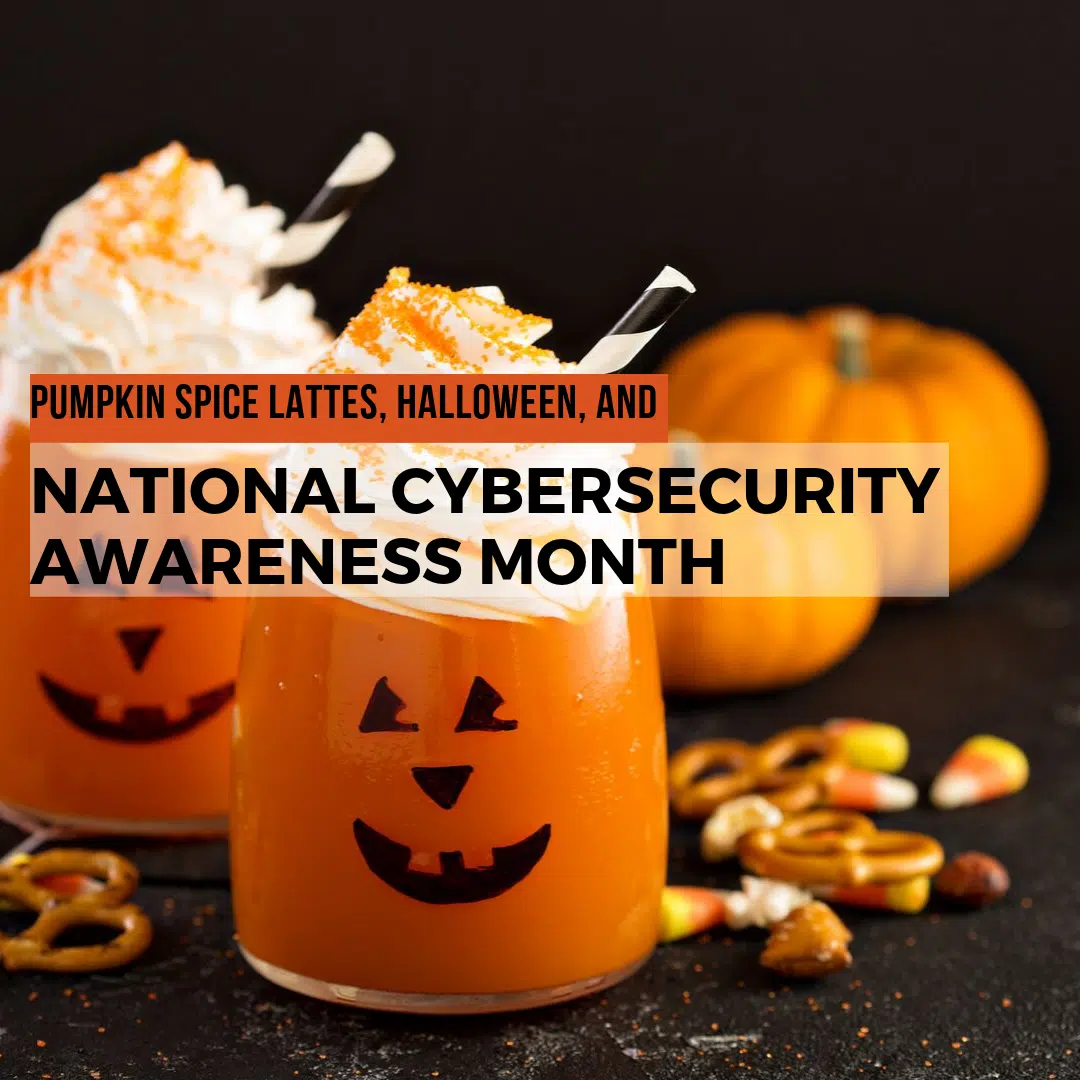National Cybersecurity Awareness Month (NCSAM): Own It. Secure It. Protect It.
Home Help Center National Cybersecurity Awareness Month (NCSAM): Own It. Secure It. Protect It.

Halloween is not the only celebration to look forward to at this time of year. Every October, the National Cybersecurity Alliance hosts a consumer-awareness event, National Cybersecurity Awareness Month, also known as #CyberAware month, based on protecting you from harm. This month-long celebration of digital security and privacy promotes safer connectivity, healthy device use and a better understanding of how to keep your identity and data from falling into the wrong hands.
This year’s theme is “Own It. Secure It. Protect It.” In other words, the tech public is being cautioned to take more of a sense of control over their own protection, starting with how they engage online.
#CyberAware month is dedicated to understanding how you can have ownership over your privacy and security, and StaySafeOnline has the following tips:
Never Click and Tell: Staying Safe on Social Media
Social media is one of the biggest pitfalls to our privacy, partly due to the way different platforms collect, store and sell information. However, a lot of users also have to take some of the blame for oversharing and not locking down their accounts.
Oversharing is when you tell too much about yourself online. It might be spreading around your full name, address, or email or giving away too many details about where you live or work. You might be revealing too much about your family members, even your children. Some users even give away too much information about their present locations, including the exact coordinates and street address.
Remember, strong privacy settings on all of your accounts can help keep others from seeing too much, but with shareable content, someone else might be able to get in. You do not have to tell all you know when you post, and you certainly do not have to post birthdates, locations, the names of your children’s schools and your maiden name if you have one. Guard that information and remember that all of those little details are pieces of your complete identity puzzle.
Update Privacy Settings
The privacy settings mentioned above determine who can see your posts and your profiles, and they also determine which of your friends can share your content. If you post a nice family photo of a relative’s birthday, depending on your privacy settings, one of your friends can innocently share it to their profile so that other family members can see it. From there, it can make the rounds and end up in a hacker’s inbox.
On some platforms, there are default settings that you have to manually adjust to your comfort level. On others, some of your posts are public and some can be kept private. It is important that you understand how each platform works and what your privacy settings are before you use them.
Keep Tabs on Your Apps
The apps you install on your devices and the accounts you establish online might be just another part of using technology, however they can also come back to haunt you. If you have reused your username and password on multiple apps and accounts, if you have connected your social media profiles to your apps in order to log in faster or if you have not updated your apps or accounts in a while—just to name a few of the potentially harmful problems—then you may not be protected.
Remember, hackers want information. They use that information to get even more information, and then they can go after bigger payoffs. It is important that you understand what you are installing, what accounts you are creating and how to protect them and when you must update these things in order to stay safe online.
National Cybersecurity Awareness Month is about welcoming fall and enjoying some spooky fun, but there is nothing fun about cybersecurity lapses. Take the time this NCSAM month to protect yourself and develop good habits that will keep you safe all year.
Contact the Identity Theft Resource Center for toll-free, no-cost assistance at 888.400.5530. For on-the-go assistance, check out the free ID Theft Help App from ITRC.
You might also like…
Zynga Data Breach Spells Trouble for 200 Million Users
Steps to Take After Doordash Data Breach
10,000 Breaches Later: Top Five Retail Data Breaches
How much information are you putting out there? It’s probably too much. To help you stop sharing Too Much Information, sign up for the In the Loop.
Get ID Theft News
Stay informed with alerts, newsletters, and notifications from the Identity Theft Resource Center

